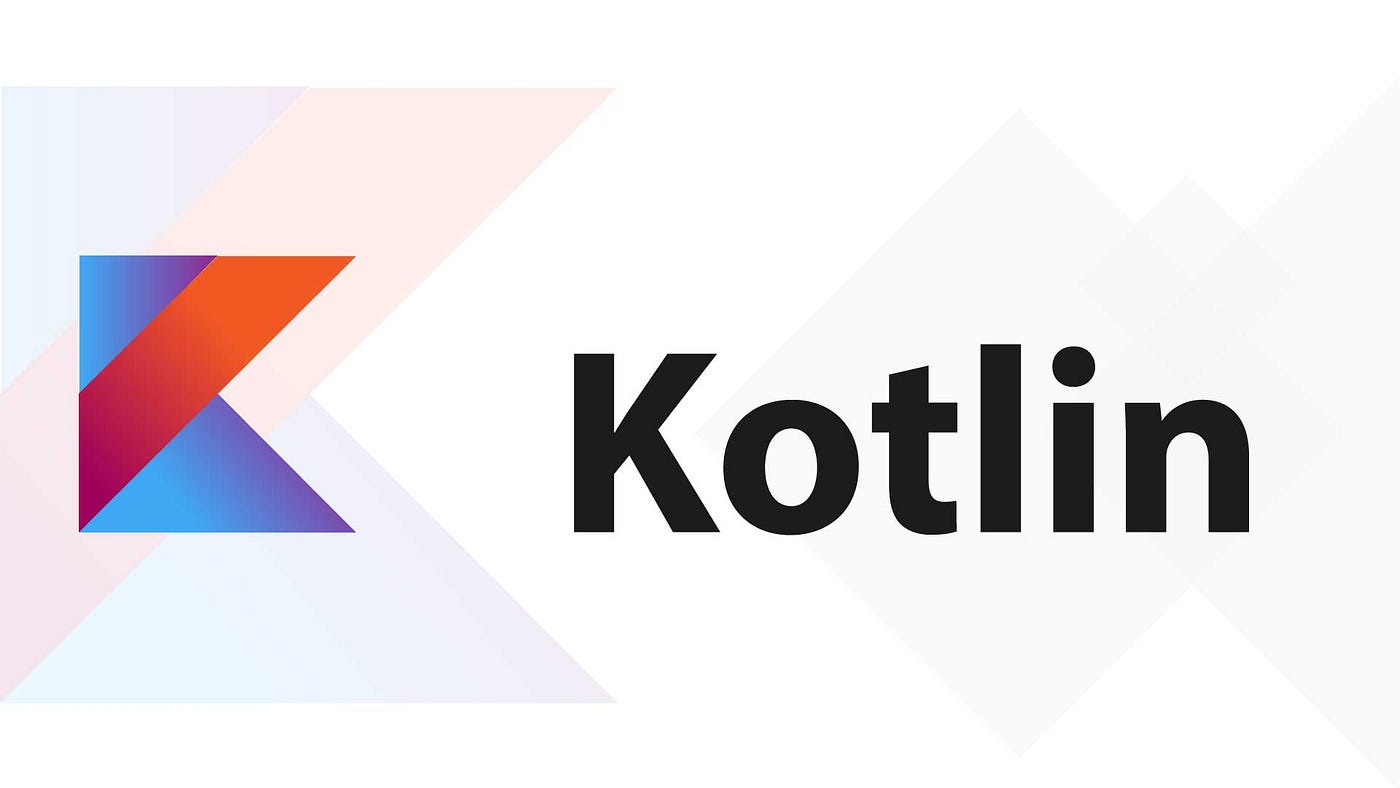
What Is Kotlin?
Kotlin is a statically typed programming language designed to run on the Java Virtual Machine (JVM). Its primary function is to interoperate fully with Java, allowing developers to seamlessly integrate Kotlin code into existing Java projects. This interoperability is one of the key reasons why Kotlin has become a preferred choice for Android app development. Developed by JetBrains, the company behind popular Integrated Development Environments (IDEs) like IntelliJ IDEA, Kotlin has been designed to address some of the limitations of Java, particularly in terms of verbosity and null safety.
Why Kotlin for Android Development?
Open-source Nature
Kotlin is open-source, which encourages a collaborative development and maintenance process. This open-source nature allows contributions from developers worldwide, leading to faster bug identification and fixing, as well as the addition of new features that reflect users' needs and preferences. The open-source nature also provides more transparency and builds trust among developers, as the source code is available for anyone to inspect and modify. This accessibility is particularly beneficial for developers working in smaller organizations or on personal projects, as they can use and contribute to Kotlin development without incurring licensing fees.
Concise, Expressive, and Easy to Read
Compared to Java, Kotlin significantly reduces the number of code lines, approximately cutting 40% in verbosity. This reduction in boilerplate code allows developers to focus on building innovative features rather than getting bogged down by wordy code. Kotlin's clean syntax and features like type inference and named parameters make it easy to read and understand, even for developers new to the language. The ease of readability is further enhanced by Kotlin's features such as extension functions, higher-order functions, and operator overloading, which make learning idioms straightforward.
Increased Developer Productivity
Kotlin's easy-to-read syntax and intuitive features like data classes enable developers to write code more efficiently. This efficiency helps increase developer productivity and speeds up Android development projects, as well as code maintenance. The reduced complexity and improved readability make it an ideal choice for organizations looking to optimize their development processes and deliver high-quality Android solutions within budget and on schedule.
The Impact of Kotlin on Android Development Efficiency
Seamless Integration with Java
Kotlin's seamless integration with Java is a significant advantage. Developers can start using Kotlin in small parts of their projects without needing a full-scale migration, which minimizes disruption and makes the transition smoother. This interoperability allows developers to leverage the existing knowledge base of Java while benefiting from Kotlin's modern features and improvements.
Coroutines for Asynchronous Programming
Kotlin coroutines simplify asynchronous programming, making common tasks like network calls and database updates simple and performant. This streamlined approach to managing background tasks leads to apps that are not only faster to develop but also more responsive for users. For businesses, this increased efficiency means getting to market faster, cutting costs, and delivering higher-quality apps.
Null Safety
Kotlin's null safety feature is a significant improvement over Java. By including nullability in its type system, Kotlin helps developers avoid NullPointerExceptions, which are common runtime errors. Android apps that use Kotlin are 20% less likely to crash, making them more reliable and user-friendly.
The Future of Android App Development with Kotlin
Cross-platform Development
Kotlin Multiplatform is a significant trend shaping the future of Android app development. This feature allows developers to write shared code that can be used across different platforms, such as Android, iOS, and the web. This reduces development time and effort, making cross-platform projects more efficient and cost-effective.
Integration with Emerging Technologies
The integration of Kotlin with advanced technologies like artificial intelligence (AI) and the Internet of Things (IoT) is opening new avenues for creating smarter and more interconnected applications. This integration enhances the capabilities of Android apps, making them more sophisticated and user-friendly.
Why Businesses Should Adopt Kotlin
Increased Efficiency
For businesses, adopting Kotlin means getting to market faster, cutting costs, and delivering higher-quality apps. The increased efficiency provided by Kotlin's concise syntax, null safety, and coroutines ensures that development projects are completed on time and within budget.
Improved Code Quality
Kotlin's modern features and improved readability help developers write safer, more concise code. This leads to higher-quality apps that are less prone to errors and crashes, which is crucial for maintaining a positive user experience and reputation.
Enhanced Developer Satisfaction
Kotlin's ease of use and intuitive features enhance developer satisfaction. By reducing the complexity of code and making it more readable, Kotlin allows developers to focus on building innovative features rather than getting bogged down by boilerplate code. This leads to a more productive and happier development team.
Kotlin has already made a significant impact on Android app development, and its influence is only set to grow. With its modern features, seamless integration with Java, and strong backing from Google, Kotlin is well-positioned to become the dominant language for Android development. For businesses looking to build high-quality, efficient, and future-proof apps, adopting Kotlin is a smart move. Whether you’re starting a new project or looking to improve an existing app, Kotlin offers the tools and features needed to succeed in today’s competitive mobile app market.
As more developers and companies embrace Kotlin, its role as the future of Android development becomes increasingly clear. The future of Android app development with Kotlin is promising, offering developers a powerful language that enhances productivity, code readability, and application performance. By choosing to use Kotlin, developers can create innovative, efficient, and user-friendly applications that meet the demands of the ever-changing tech landscape.
